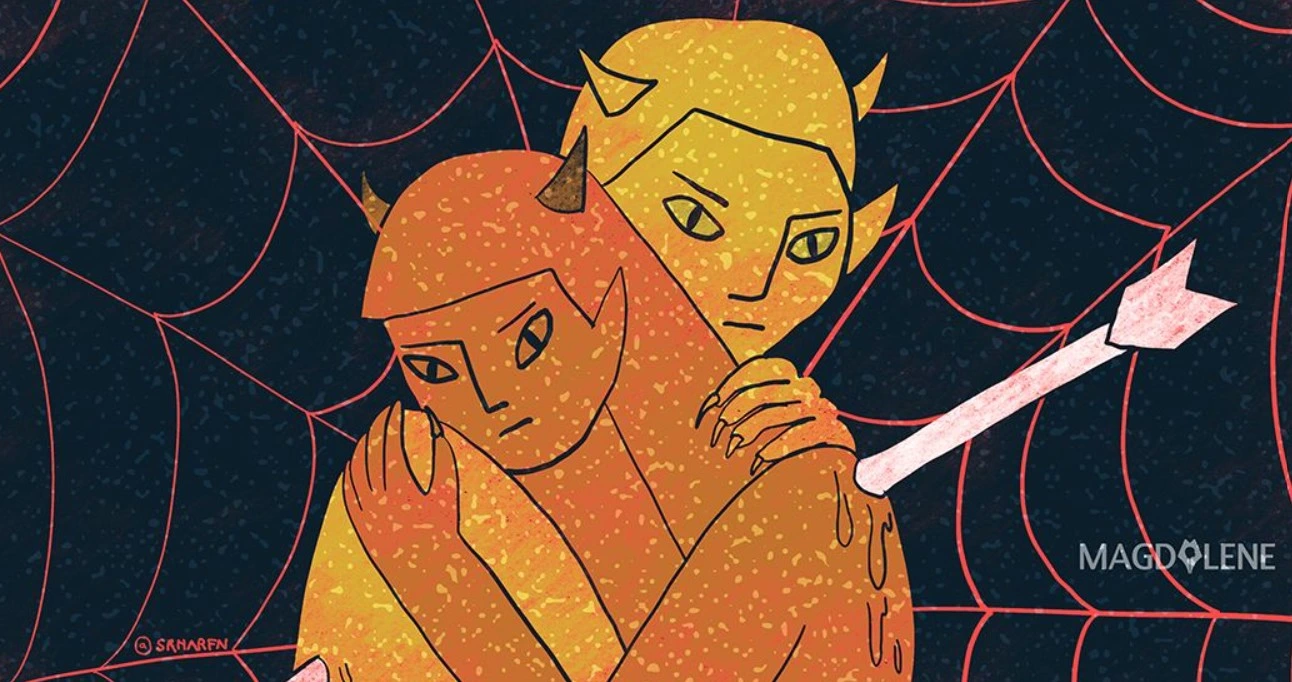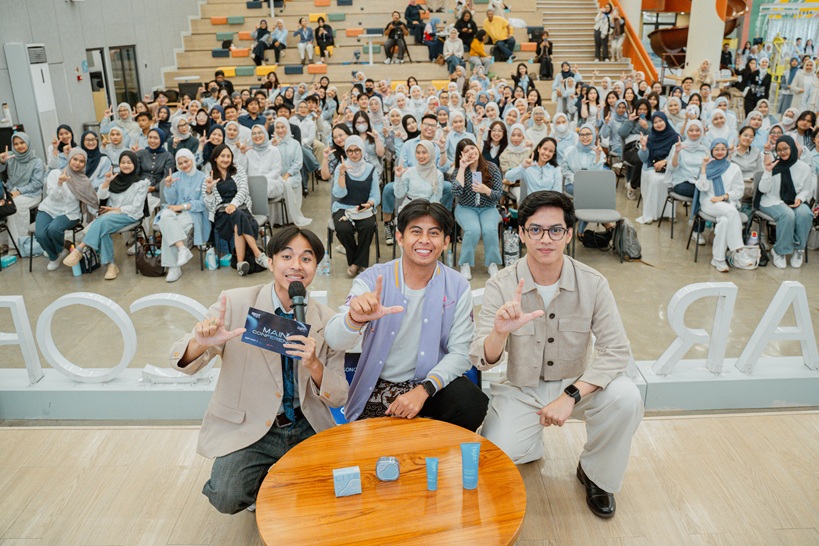Raising a Special Child: How Yoga Helps Me

AUTISM. I was introduced to this word for the first time nine years ago. It has changed my life. Autism has turned me into a new person who appreciates simple things in life—things like speaking, eating process, jumping, sleeping, even breathing; things that are taken for granted by most people.
It was in mid-2004 when my first-born Raissa was diagnosed with Autism Spectrum Disorder (ASD), following a series of tests and observation by a pediatrician. Even before the observation, we suspected that something was different with her. She had delayed speech, often threw temper tantrums (because we did not understand what she wanted), had sleeping difficulties, and so on.
My curiosity led me to Internet research, and I found the phrase Sensory Integration Disorder. Many of the symptoms I read could be found in Raissa. I bought books on SID online and looked for solutions. Doctor’s diagnosis only confirmed what we already knew.
So, the diagnosis was there, and then what’s next? I began to look for the therapy center recommended by the doctor. He suggested, among others, speech therapy, occupational therapy, sensory integration therapy and gluten free and casein free diet. I was completely overwhelmed by those therapies.
Raissa’s brother, Mirko, just turned one at the time. I had to juggle my time and energy to take care of my husband, Raissa, Mirko and house chores. My decision to be a stay-at-home mom was the right one. Even to pick the appropriate therapy and therapist suitable for Raissa’s character was mind-boggling. I found that most parents’ choice of treatments for children with ASD were more or less a trial and error effort. There is no identical condition between one child and the other. Each and every one of them is different.
I started to meet fellow parents of children with ASD who suggested more therapies: Applied Behavior Analysis (ABA), homeschooling, hyperbaric, biomedical, and so on and so forth. So, which one is the best for my kid?
Overtime, it became more stressful for me. It’s no wonder that many parents see autism as a disaster for their families. How could I pick the most suitable therapy for Raissa if I felt that I needed one myself? I felt like I had to have something to uplift myself so that I could have the strength to help my family and me.
And along came yoga. I picked yoga because I needed a safe exercise due to my weak knees and back injuries from years of vigorous fitness training. I thought yoga was mere stretching, but during my first class I was overwhelmed and turned emotional, because I got tired doing even the simplest movements.
But instead of giving up, I kept doing yoga. I felt comfortable and relaxed after class. I became more patient in dealing with Raissa. I could sense her wish even though she did not say anything. Slowly, I decided to choose the right therapy and therapist for her. Apart from ASD, Raissa also suffers from misalignment on her pelvis and back. So, there were three problems at a time that had to be solved.
My husband and I decided to set our priority on ASD. Not only that it takes a lot of time and energy, it also costs a huge amount of money. But yoga teaches me to be present. This principle helps me to see what Raissa needs at the moment.
We chose occupational, speech and craniosacral therapies. The last one opened my eyes and mind about the brain function of children with ASD. Kuala Lumpur-based therapist Fezia Tyebally helped me inform what is needed by Raissa’s bodily system. Fezia also teaches yoga, which led me to learn yoga for children with autism. I even participated in yoga training for children with Fezia and Sonia Sumar, as I wanted to include yoga in my child’s therapy.
The more I learn about autism, the more I see that every child with ASD has a mission to change his/her parents’ lives. For my family, Raissa’s condition made us realize that whatever progress she makes, it will make us happy. At 5.5 years old, Raissa started to speak brief words, like “drink”, “eat” and “sleep”, and these could make us jump for joy.
Sometimes I felt a pinch in my heart seeing other kids her age could sing or dance. But the more I thought about it, the more I saw that if I only focused on the negative, I would never feel enough.
My husband Yuri often says, “What other people think about your daughter is none of your business”.
He is absolutely right. The important thing is how my husband and I understand our children’s characters, likes and dislikes.
Another principle taught in yoga is detachment, which is very difficult for me to accept being a hands-on (read: control freak) mother. The moment when I finally understood this concept was when my father passed away nearly six years ago. That made me realize that at the end of the day, we need to let go of everything we love.
As a mother of two, I finally came to a realization that my children don’t belong to my husband or me. We don’t own their life. They eventually will have their own life, their own dreams, and the most important lesson is your children are not Mini-You. That’s why we can’t project our values to them. As parents, we have the responsibilities to take care and look after them with unconditional love, regardless their condition, and teach them to become independent and to have integrity and compassion.
Raissa is now 11 years old and a student at an international school (because she has only been able to communicate in English since she was 4 years old). Mirko is 9.5, and both are so different in characters.
I continue to find interesting things about autism from Raissa, and I have decided to help children with autism through yoga. And the new journey has just begun.




















